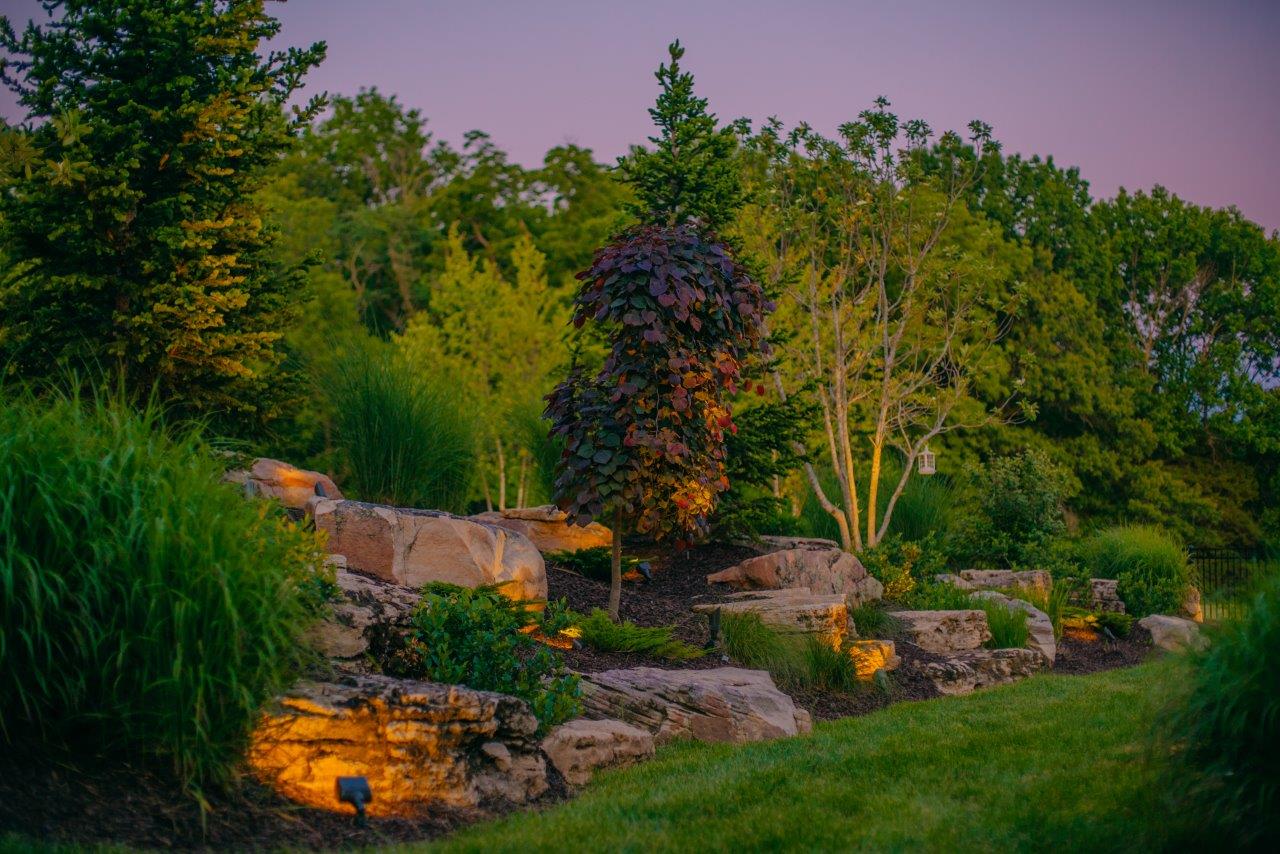One of the top requests from our clients is to have a “low maintenance” landscape. Unfortunately, almost all plants should be tidied up once a year. The key is knowing when the shrubs should be pruned. Not only does it look nice, but the shrubs will maintain vigor and health, maximizing the lifespan of your landscape.
Here are some other general tips when tackling pruning your shrubs.
Early Spring
- Pruning needs to occur if the shrub’s blooms develop on new growth, or if the shrub is known for its foliage. Spring is when the majority of plants are pruned:
- Barberry
- Burning Bush
- Spirea
- Ninebark
- Hypericum
- Panicle Hydrangeas
- Beautyberry
Late Spring to Early Summer
- These shrubs bloom on old wood or last year’s growth. Therefore, if pruned in winter or early spring you’ll be removing this year’s flower buds. Instead, prune right after they are done blooming. It’s best to do minimal pruning in the heat of summer because the plants are exposed to pests and diseases. Also, pruning the outer growth reveals the tender foliage underneath which the sun can scorch.
- Lilacs
- Weigela
- Forsythia
- Smooth/ Big Leaf Hydrangeas
- Oak Leaf Hydrangeas
Fall
- These few summer blooming shrubs can be cut all the way to the ground along with your perennials:
- Butterfly Bush
- Crape Myrtle
- Chaste Tree or Vitex
Evergreens
- These plants can be pruned at any time, but avoid summer heat. The main tip is DO NOT prune past the “green layer”. You can pull the stems apart and see where the inside has been shaded out and is no longer producing leaves. If you prune past the green there will be a bare spot.
- Yews
- Boxwoods
- Holly
- Most evergreens look best in their natural form with little to no pruning
- Junipers
- Arborvitae
- Spruce
- Pines
Roses
- Many Roses are repeat bloomers and remain colorful for months. They require a lot of dead heading which makes room for the new buds. In early spring roses can be cut back very far. This promotes fullness and removes any winter damaged canes. Be sure to have good sanitary practices because roses are prone to many diseases that can be spread from your pruners.
Fallen Behind
- Rejuvenation pruning is a great option if your shrubs have gotten away from you. This is when you cut the shrub back or down to the ground so it stimulates new growth. You might lose all of the blooms for that year, but will gain a better shape.
Overall, don’t be afraid to learn about the plants in your beds. Many of them can handle harder pruning than you’d think. If hesitant, feel free to go to your local garden center with pictures, and ask for advice on how to move forward with tidying up your landscape.


